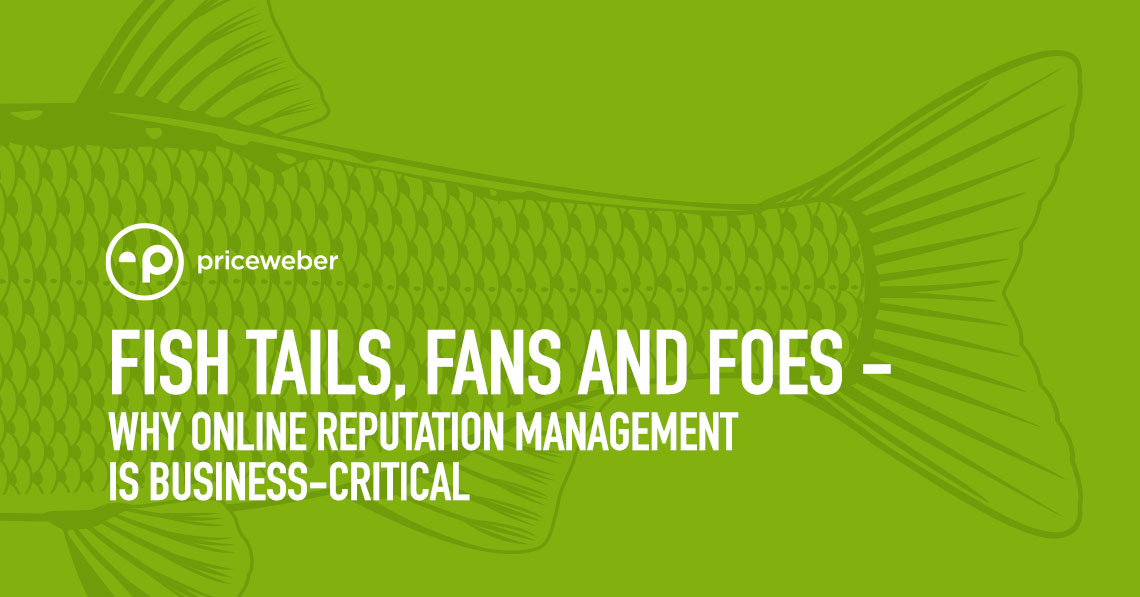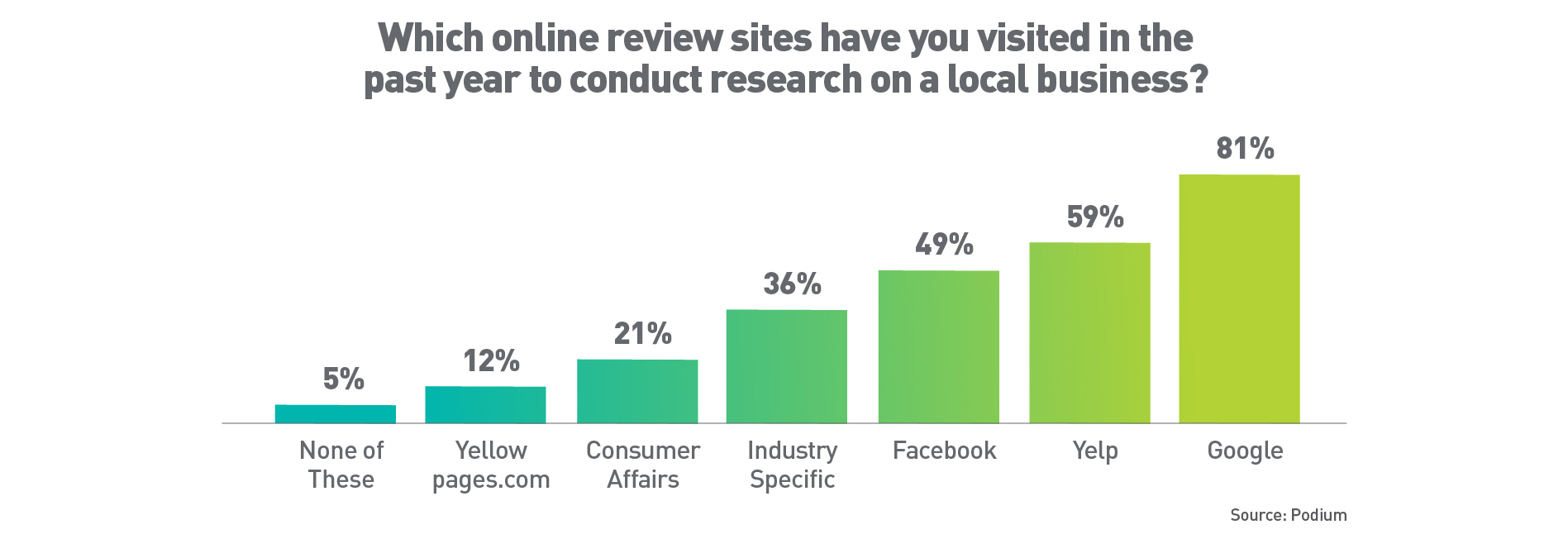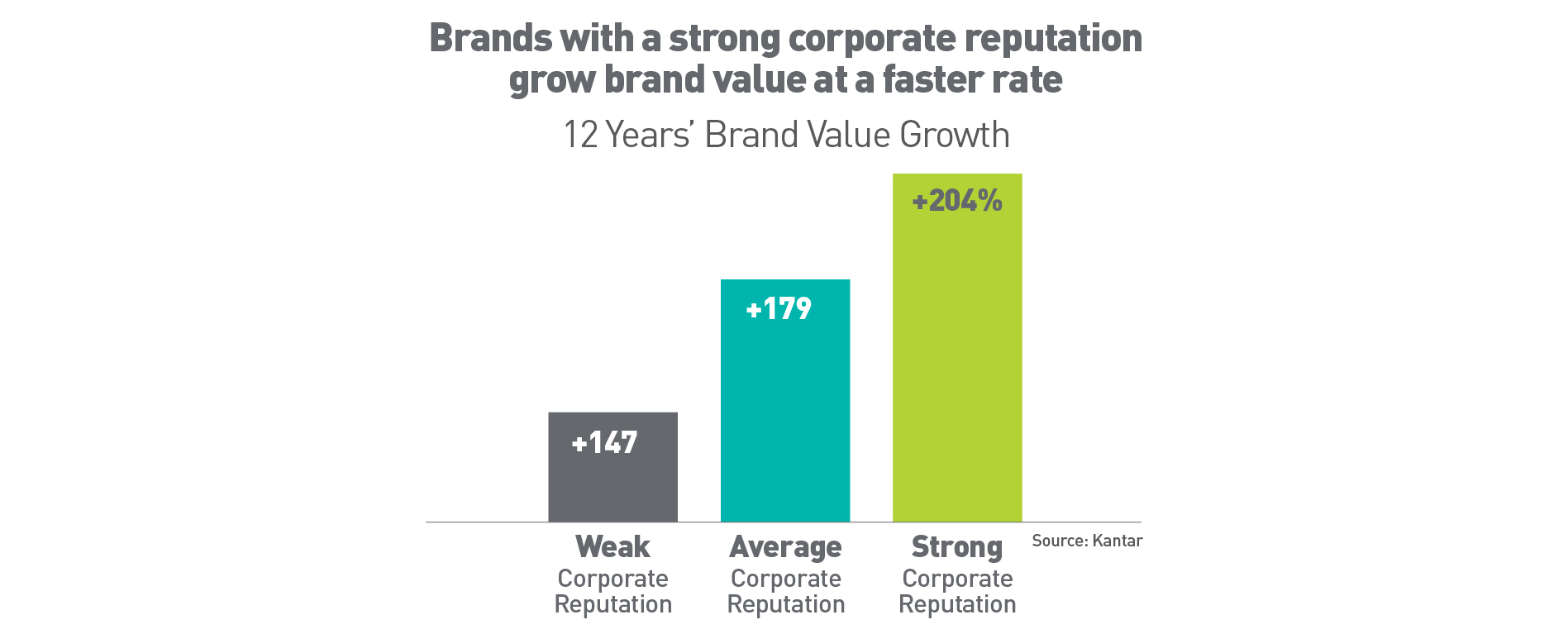In today’s hyperconnected, digitally focused world, reputation management is a 24-hour job. With countless social media platforms available for both fans and foes to say anything, anytime about your brand—like that they found fish tails (well, shrimp) in their box of Cinnamon Toast Crunch—these posts can easily influence a company’s success and even redefine a brand for the better or worse. That’s why smart brands are keeping an eye on the conversations surrounding their organizations and their products and are engaging or even guiding those conversations to boost brand image and customer satisfaction.
In today’s edition of Plain Talk, we’ll discuss what online reputation management is, where it happens, and make some useful suggestions about how you can come out on top.
- The Roots of Reputation Management
- The Age of Participation
- The 5 Types of Reputation Platforms
- Why Online Reputation Management is Important
- How to Manage Your Online Reputation
- Questions?
The Roots of Reputation Management
Pre-internet, when dinosaurs roamed the Earth, most brand reputations and product quality were assessed by people or organizations that Americans saw as trusted experts. Consumer Reports regularly (and continues to) assess product claims and quality, and Underwriters Laboratory (UL) tested products for safety. JD Power offered quality awards, and magazines delivered opinions of their favorite products. For example, MotorTrend Magazine named a “Car of the Year” every year, and Good Housekeeping Magazine’s seal of approval became THE symbol of quality for busy homemakers.
Meanwhile, local Better Business Bureaus offered their opinions and approval of companies and trade organizations like when the American Dental Association gave their blessings to things like sugar-free gum. Some verticals, especially in entertainment, had well-oiled reputation machines. Most newspapers offered film reviews, nationally, TV Guide offered information and reviews of network TV programs, major cities’ local media offered theatrical reviews for plays, and most cities had at least one local restaurant reviewer who was unanimously feared by chefs. Because so much power was held in so few hands, smart brands focused the majority of their reputation efforts on wooing these experts either with highly engaged product demos or, in some cases, by just making a generous contribution to a reviewer’s retirement fund. With little exception, Americans had basically outsourced their right to have and share opinions about products and companies. Then came the internet.
The Age of Participation
The internet has definitely democratized the process of providing reviews and commentary that influence the health, relevance, and reputations of brands and products. Early sites like ConsumerDemocracy.com, Epinions.com, and PlanetFeedback.com offered consumers a way to publicly praise or vent about company and product experiences. While their intentions were good, the business models to keep them afloat were not always as solid. Back then, at least one early company seemed to have a long-term vision for product reviews.
Internet search upstart Google began allowing users to post reviews in 1999, but it wasn’t until the purpose-built review site Yelp.com launched in 2004 that reviews began to gain steam and wide attention. It was this scale, helped along by explosive growth of internet use, that led to the current online reputation landscape we have today where 93% of consumers say that online reviews influence their purchase decision. So, what are the categories of online reputation management that you need to concern yourself with?
The 5 Types of Reputation Management Platforms
If you want to positively direct your online reputation in a way that grows sales, you‘ll want to have a plan for all reputation platforms. We break reputation platforms down into five types:
General Reviews
These are likely to be pretty familiar and include search engine review platforms like Google (My Business), Yahoo and Bing, as well as purpose-built general product and service review sites like Yelp, YellowPages.com, TrustPilot.com or Manta. These sites often offer users the chance to give a “star” rating and then offer detail of the review. These reviews, once left, can be incredibly hard to get deleted.
Social Platforms
Make no mistake, we believe all review platforms are “social media” since they have socialized or democratized the process of providing information to consumers about products and services. However, among the review platform options, one critical “flavor” is the social platforms that include monster platforms Facebook, Instagram, Twitter, YouTube and others.
One thing that sets social platforms aside is that while some do offer star ratings, the biggest reputation value for social is more likely to be the reviews, unboxings, and endorsements (paid and otherwise) by users and influencers. That one-two punch of being able to leave comments on a brand site, as well as find independent product reviews from user channels, is unique to social.
Social platforms are also the one place you are likely to be already paying attention. Your agency or community manager should be answering every review (good or bad) to make sure you are seen as a responsive and caring company.
Ecommerce Platforms
We could probably just say Amazon.com and leave it at that. As of January 2021, Amazon accounted for nearly one-third of all e-commerce in the United States. Oh, and consumers can do product reviews on the platform, so yeah, they’re a pretty big deal. If your Amazon strategy does not include a robust review management strategy, start now, because Amazon is not going to get smaller.
Yet they are not the only e-commerce sites to be aware of. For example, HomeDepot.com and Lowes.com are critical to the home improvement category, and monster retail sites like Walmart.com and Target.com are massively influential across most product categories. Likewise, Hotels.com sells hotel rooms but with a robust review system that puts significant power in the hands of consumers.
Product Category Platforms
Americans really love being served what they want when they want it, so it should be no surprise that category-specific review platforms are a big thing. Sites for travel and entertainment like TripAdvisor.com are massively influential while sites like Capterra.com and G2 offer reviews of software from simple consumer tools to massive enterprise platforms. That last bit is pretty important for B2B brands to note because B2B companies are not immune to the effects of good and bad reviews.
Employer Review Platforms
This is the one nearly everyone in marketing forgets. Human resources is certainly paying attention to employer reviews on Glassdoor, Indeed, FairyGodBoss and JobAdvisor, but marketing almost never does. Here’s the thing. Consumers often do pay attention. According to Glassdoor, 62% of job seekers surveyed noted that if they saw a company reach out and address the negative review, they’d have a better view of the brand.
More importantly, consistent poor employee reviews will almost definitely end up reflected in customer reviews based on poor customer service or product quality delivered by disenfranchised employees.
One other place where unhappy employees are likely to air their complaints is on your social channels, especially on Facebook, so providing healthy outlets for employee concerns is a critical part of protecting your online reputation.
Finally, it’s important to understand that online reputation management is not solely about selling products or services. The impact of your reputation on your ability to hire and retain the best possible employees at all levels is essential for any business to survive. In fact, Forbes noted that in a Randstad USA survey, 57% of job seekers would avoid applying to companies with negative employee reviews.
Why Online Reputation Management is Important
What if we told you that failing to manage your online reputation can prevent you from making a sale now even before the customer reads your reviews? It’s true. Google has integrated review scores into their SERP (organic search) results algorithms. As we mentioned in a previous article, “Winning SERP Means Optimizing These Three Areas,” “… a 2.7 or 3.5 Google rating will rarely appear in the first five results in a map pack.”
Amazon has incorporated similar rules into their search algorithm to not display or sell products with low reviews. So, having bad reviews cannot just take you out of a consumer’s conscious consideration set, it can also take you out of their displayed or available consideration set.
How to Manage Your Online Reputation
Armed with this information, the task of online reputation management could seem a little daunting. So, how do you take hold of this critical online asset?
1. Fire Up Your Social Team
As mentioned above, review channels are all social media. Your social media team should have an overall playbook that includes review management on all of the above review channels.
- Having resources focused on monitoring, analyzing and responding to online reputation channels offers consistency in customer experience, improved customer satisfaction and an improved reputation with prospects. That’s money well spent.
- Don’t let silos interrupt a good plan. If HR is uncomfortable with turning over control of responding to reviews on Glassdoor, make sure they are trained and aligned with your social playbook.
2. Automate Where You Can
There are some really excellent software tools out there to help you consolidate, manage and even automate parts of your online repuation task list. These tools can help you:
- Monitor online review sites for new and existing negative reviews.
- Manage and interpret online reviews in aggregate.
- Create alerts and reports regarding a brand’s current online reputation.
- Solicit new online reviews.
These tools come with some variation in cost and features. For example, some are better for multi-location retailers, some for online business, etc. Some are better for products and others for service businesses. We’re planning a new article that will outline pros and cons of different software tools, but for starters, a few we like include:
- Podium: More than just reputation management, Podium includes frictionless payment functionality (SMS) and much more.
- Yext: Very online-focused tool that’s great for e-commerce companies who want to capture and improve end-to-end digital customer experiences.
- Birdeye: Super highly rated reputation and experience management tool for multi-location businesses. This software is led by some heavy hitters, including former leaders from Amazon, Google, Salesforce and Yahoo. It’s amazing software but not particularly cheap.
- Thryv: Small business focused. An all-in-one solution for reputation management for smaller businesses with some great automated features.
Importantly, there is a distinction between reputation management software and social media management tools. Reputation software shares some similarities, but reputation management tools have significantly more capabilities to manage your online reputation across all of the platform types above.
Benefits of reputation software management tools
Many of these reputation management software tools not only give you a single dashboard to manage your reviews and responses, they also integrate into your sales and customer service platforms, allowing you to privately solicit comments from customers, clients and/or patients after interactions. When someone responds to a private review solicitation, you can quickly intercept bad experiences. You can correct them privately and keep them from ever becoming public. Also, you can encourage your fans to post their praise publicly on the platforms that mean the most to you (oftentimes even industry-specific platforms), by providing them links, and sometimes cut and paste-like integrations.
3. Promote, defend and correct!
Today’s savvy consumer expects your company to promote and defend its reputation and rectify any mistakes. Social media is a dialogue, and every company should have and use its voice. When customers see bad reviews, it does not always mean you won’t get a sale. Consumers expect that not every consumer transaction will be positive. When they see you respond to adverse situations by either setting the record straight or correcting your wrongs, they gain respect for your organization at the end of the day. Seventy-nine percent of consumers ages 18-65 in the U.S. say brands must actively demonstrate “they understand and care about me” before they consider purchasing.
Questions?
To learn more about how reputation management can help you grow your brand and your bottom line, give us a call at 502-499-4209 or drop us a note here, and we’ll be happy to help.




